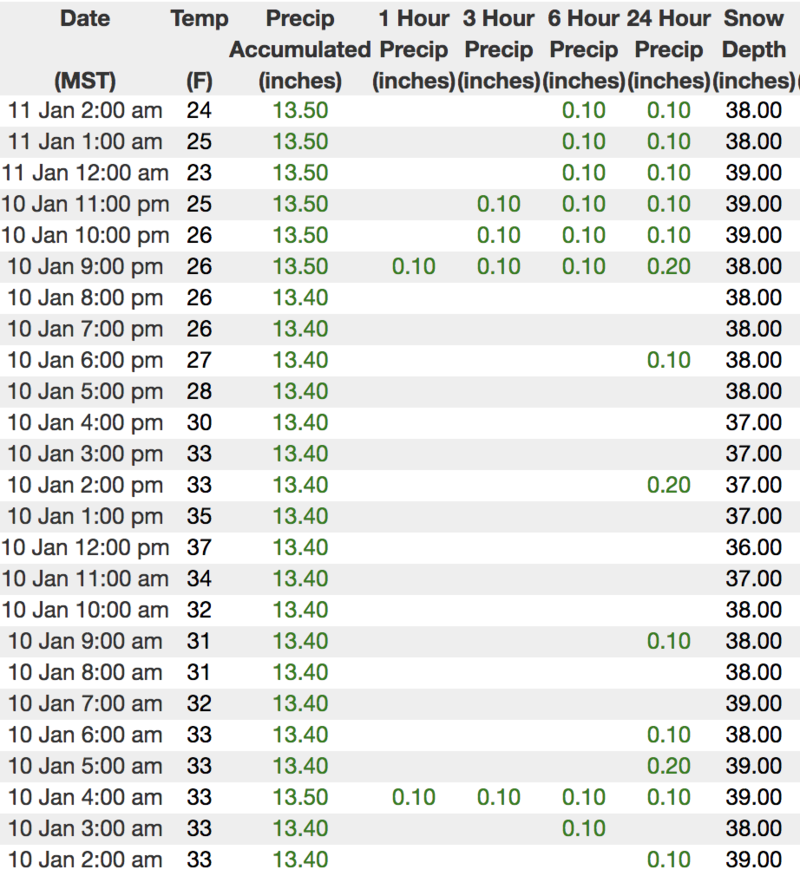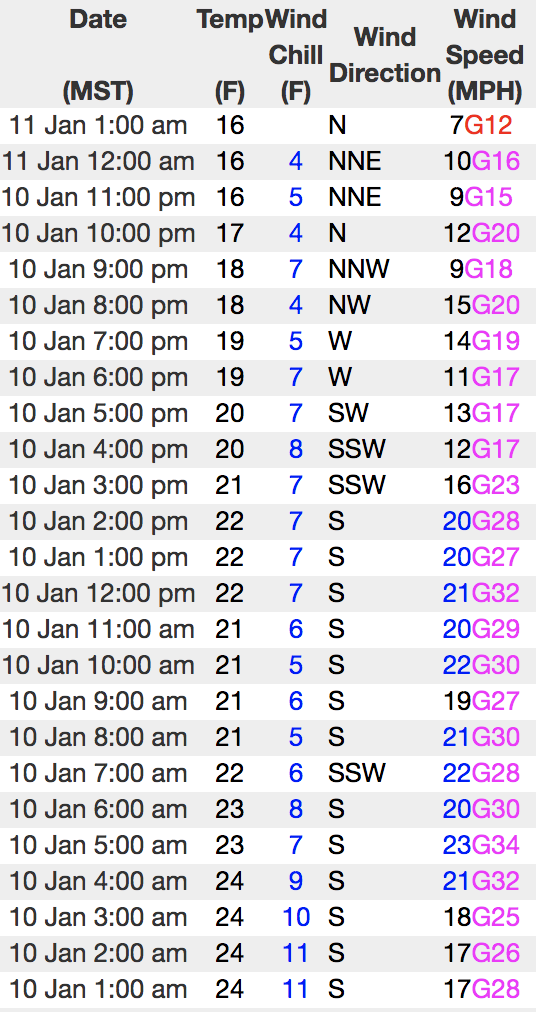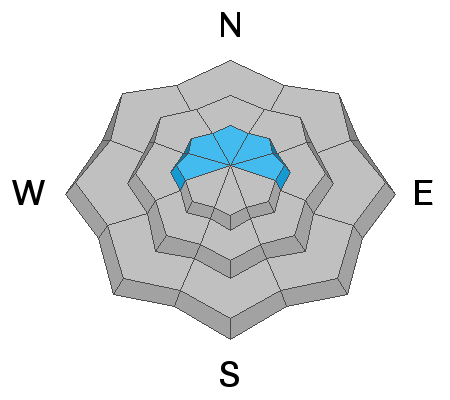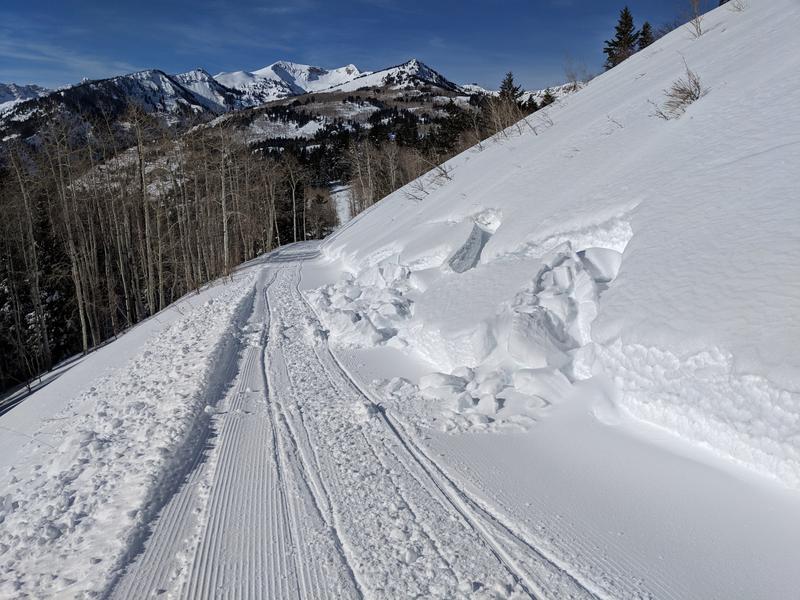Forecast for the Uintas Area Mountains

Issued by Craig Gordon on
Friday morning, January 11, 2019
Friday morning, January 11, 2019
In the wind zone, at and above treeline the avalanche danger is MODERATE. Human triggered avalanches are POSSIBLE on steep slopes with recent deposits of wind drifted snow, particularly those facing the north half of the compass, and especially those an easterly component to their aspect
Any avalanche that breaks into deeper buried weak layers near the ground will result in a deep, scary, and dangerous avalanche.
While less widespread and pockety in distribution, a MODERATE avalanche danger is also found on steep, wind drifted slopes at mid elevations.
If you're looking for LOW avalanche danger, simply head to lower elevation terrain or big open meadows with no steep terrain above or connected to where you're traveling.
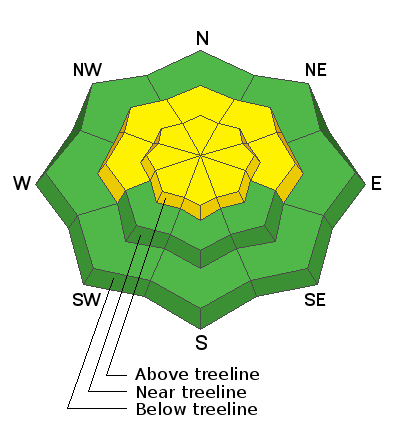
Low
Moderate
Considerable
High
Extreme
Learn how to read the forecast here



